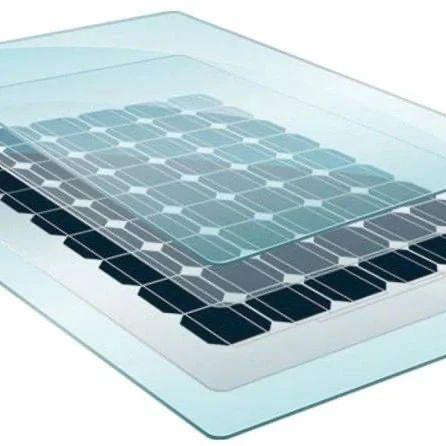

The Versatility and Strength of Glazed Tempered Glass
Glazed tempered glass has increasingly gained popularity across various industries due to its unique properties and aesthetic appeal. Combining enhanced strength with modern design, this type of glass is being utilized in architecture, interior design, automotive industries, and more. This article will explore the characteristics, manufacturing process, applications, and benefits of glazed tempered glass.
Understanding Glazed Tempered Glass
Glazed tempered glass, also known as toughened glass, is produced through a process of extreme heating and rapid cooling. This thermal treatment increases the glass's strength, making it five to ten times stronger than standard glass. Additionally, when broken, tempered glass shatters into small, blunt pieces rather than sharp shards, reducing the risk of injury.
The term glazed refers to the application of a transparent coating or element to enhance its optical qualities and thermal performance. This glazing can take various forms—including low-emittance (low-E) coatings, tints, or reflective finishes—effectively contributing to energy efficiency, privacy, and glare reduction.
Manufacturing Process
The production of glazed tempered glass involves several key stages
1. Cutting and Shaping Sheets of glass are initially cut to the required dimensions and shaped according to design specifications. This step is critical, as any alterations to the glass after tempering are impossible.
2. Cleaning The glass is thoroughly cleaned to remove any dust, grease, or contaminants that could compromise the quality of the final product.
3. Heating The clean glass sheets are then heated in a specialized furnace to temperatures exceeding 600°C (about 1,112°F). This heating phase is essential for the subsequent cooling process.
4. Rapid Cooling After reaching the appropriate temperature, the glass is quickly cooled using jets of air. This rapid cooling creates a pressure differential within the glass, resulting in increased strength.
5. Glazing Application Finally, any desired coatings or films are applied to enhance the glass's performance. This glaze can improve thermal insulation, reduce UV exposure, or achieve specific aesthetic effects.

Applications of Glazed Tempered Glass
The versatility of glazed tempered glass makes it suitable for numerous applications
1. Architecture and Building Facades Architects favor glazed tempered glass for its strength and aesthetic qualities. It is commonly used in building facades, skylights, and curtain walls, providing a modern look while ensuring safety and durability.
2. Furniture Design Glazed tempered glass is often incorporated into furniture design, such as tabletops and shelving. Its sleek appearance, combined with robust construction, makes it an attractive choice for interior décor.
3. Automotive Industry In vehicles, glazed tempered glass is used in windows and sunroofs. Its resistance to shock and heat makes it ideal for automotive applications, enhancing driver and passenger safety.
4. Shower Enclosures and Bathroom Fixtures The use of glazed tempered glass in shower doors and enclosures is gaining traction due to its ability to withstand humidity and temperature fluctuations while providing a clean and elegant look.
5. Partitions and Railings In office spaces and public buildings, glazed tempered glass is used for partitions and railings, allowing for visual openness while maintaining safety standards.
Benefits of Glazed Tempered Glass
The myriad of benefits associated with glazed tempered glass makes it an ideal choice for various applications
- Safety Its shatter-resistant properties significantly lower the risk of injury, making it a safer alternative to standard glass. - Durability Glazed tempered glass withstands extreme temperatures and thermal stress, making it less likely to crack or break over time. - Energy Efficiency Coated variants can help improve energy efficiency in buildings, reducing heating and cooling costs. - Aesthetic Appeal The modern and sleek appearance of glazed tempered glass enhances the overall aesthetic of any space, allowing for both functionality and beauty.
Conclusion
Glazed tempered glass embodies the perfect blend of strength, safety, and style. Its unique properties make it an invaluable material that meets the demands of modern design and construction. As technology advances and new applications emerge, the popularity of glazed tempered glass is likely to continue to rise, solidifying its place as a staple in various industries.